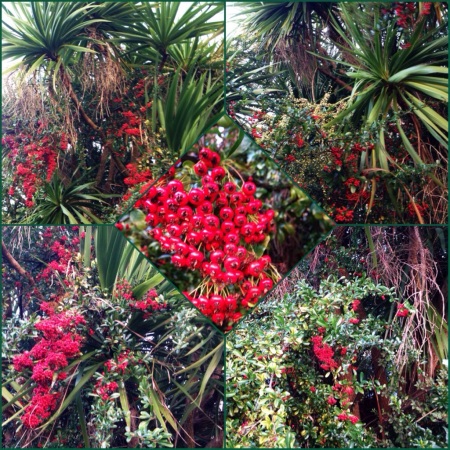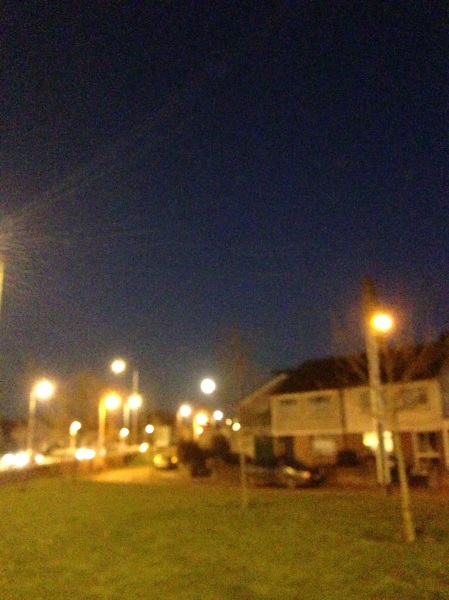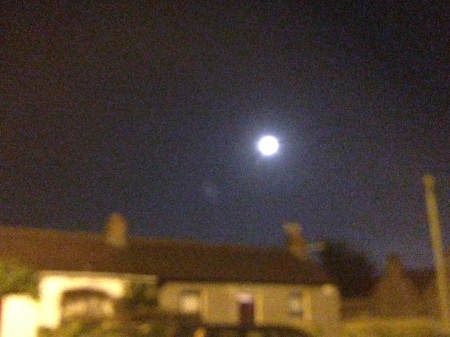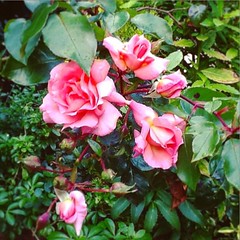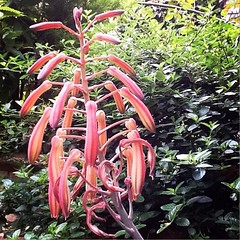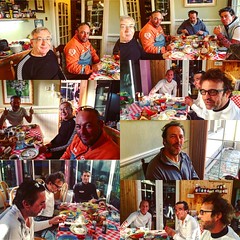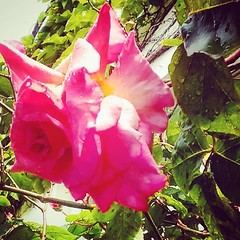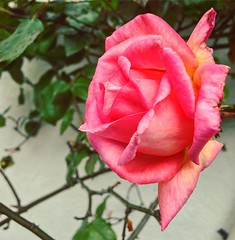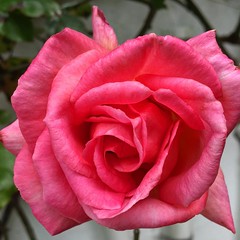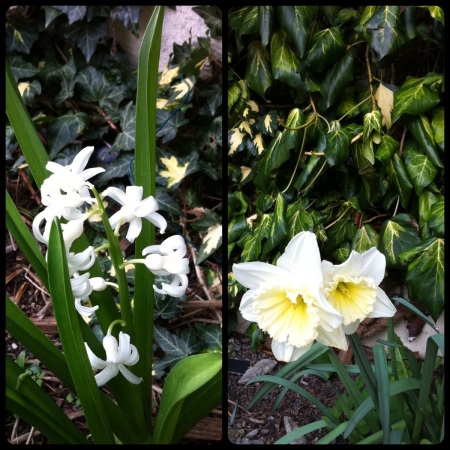
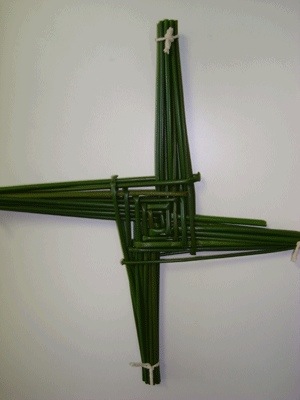
Top photo is one of Spring Blossoms in the gardens of Brookville House Dublin Ireland taken by Liam and Dei (proprietors), the second photo is a photo showing a St Brigid’s Cross, a traditional cross made from rushes to celebrate St Brigid’s Day in Ireland.
Brookville House sends all a St Brigid's Blessing from our home to yours, we look forward to welcoming all who will stay with us this year for The Gathering 2013:
May Brigid bless the house where you dwell,
every fireside door and every wall;
every heart that beats beneath its roof,
every hand that toils to bring it joy,
every foot that walks its portals through.
may Brigid bless the house that shelters you.
Spring begins officially on St Brigid’s Day, the first day of February, which is also the feast of Imbolc, the ancient pagan spring festival and the first day of the Celtic agricultural year. In Irish mythology the father of all the Irish gods was Dagda. He had a daughter, Brigit, designated the mother goddess, the exalted one and goddess of fertility. Her symbol was fire. The fiery dart of Brigit is represented by a sun symbol which, in later times, developed into what we now call St Brigid’s cross.
St. Brigid’s Cross
January 31st, the eve of St. Brigid’s Day, was once known as “Oidhe na Cruha” the night of the crosses. Her memory is honored by people who weave crosses from rushes or straw. A St. Brigid’s Cross made from new straw is hung above the door, and the old one is burned in the hearth. Just as the shamrock is associated with St. Patrick, so is the tiny cross made of rushes linked to St. Brigid. While explaining the Passion to a dying pagan, she wove a cross from the rushes thrown about the floor. The man was baptized before he died.These “Saint Brigid” crosses are believed to bestow the Saint’s special blessings on your households.
How to Make St Brigid’s Cross
Just as the shamrock is associated with St Patrick, a cross made from rushes is the symbol of St Brigid. This is one of the most widespread Irish customs associated with her.
Legend tells how she picked up rushes from the floor and began to weave them into a cross while she sat at the deathbed of a pagan chieftain. When he asked what she was doing, she told him about Jesus and his death on the cross. Before he died, the chieftain asked to be baptised.
Crosses are traditionally made from rushes, but they can also be made from wheat stalks, grasses, or reeds. If the reeds or rushes are dry and brittle, soak them to soften them. The crosses are typically made on the eve of St Brigid’s Day and placed above the door of the house for blessing and protection.
Directions:
1. Hold one reed vertically, and fold another in half around the mid-point of the first.
2. Take a third reed and fold it around the second one, parallel to the first. You should now have a T-shaped piece, with one arm having one strand, another having two and the third having three.
3. Fold a fourth reed around the third one to form a cross.
4. Fold a fifth one around the fourth, parallel to the single strand. As you work, snug the reeds against the centre and hold it tight.
5. Continue folding reeds around the previous one (and the ones beside it) working in a circular fashion until you have created enough of a woven centre.
6. When the centre is as big as you like, hold the reeds together carefully and tie the ends of each arm tightly with reeds, string or some type of natural fibre. Trim the ends with scissors.
A traditional blessing said in some parts of Ireland for the hanging of St Brigid’s cross:
“May the blessing of God and the Trinity be on this cross,
and on the home where it hangs and on everyone who looks at it.”
St. Brigid’s Mantle
In very traditional homes, two devout practices are still observed on the Eve of St. Brigid’s Feast Day (February 1st). A strip of cloth called “brat Bhride” (Brigid’s mantle) is hung outside the door. A loaf of oat bread baked in the shape of a cross and a sheaf of straw are left on the windowsill. For on that night, Brigid travels through the land with her red-eared cow bestowing blessings on those who keep the old ways.
In early Christian times Imbolc was taken over and pagan Brigit was transformed into a saint (with a Christian mythology to equal her pagan one). Saint Brigid became Ireland’s second patron saint, the patroness of sheep, cattle, dairy work, poets (and much more). Since there are few facts known about the Christian Brigid, there remained a tension between Brigit and the miraculous deeds of St Brigid because so many pagan elements influenced the ‘traditional’ lore of St Brigid.
The main significance of the feast of St Brigid was that it Christianised one of the pagan focal points of the agricultural year – when preparations for spring sowing were begun and spring lambing started – so St Brigid was given special responsibility for the protection of farm animals and crops. In rural Ireland this feast was a day of stocktaking in household and farmyard: the housewife counted how much meal, bacon, potatoes and other foods she had in store; the farmer considered how long his stock of hay and other winter fodder would last until the grass began to grow again.
St Brigid is the Patron Saint of Many,
St. Brigid is the Patroness of:
Ireland:
The people of Ireland, since the sixth century, have declared St. Brigid their’s, second only to St Patrick.She was formally named a Patroness of Ireland in 1962.
Ladies Ancient Order of Hibernians:
It is St. Brigid that we emulate when we pursue our motto, “Friendship, Unity, and Christian Charity.”
Dairy Workers:
Once a leprous woman asking for milk, there being none at hand, St. Brigid gave her cold water, but the water was turned into milk, and when she had drunk it the woman was healed.
Beer and Brewers:
Like her mentor St. Patrick, she was fond of ale and is reputed to have been the best brewer in the land. Thus, she supplied beer out of one barrel to eighteen churches, which sufficed from Maundy Thursday to the end of the Paschal time.
She is also the Patron Saint of poets, students, blacksmiths, healers, cattle, dairymaids, midwives, fugitives, and children born out of wedlock.
Knights of Chivalry, Legend of the Bride
One of the most prettiest legends concerning Saint Brigid tells us that as St. Bride she was the patroness of the Knights of Chivalry. They began the custom of calling the girls they married their brides; and that from the Knights of Chivalry the word bride came into general usage in the English language.
St Brigids Well, Kildare, Photo by Mario Corrigan

Photo of Cherry Blossom Brookville House Dublin taken by Liam and Dei (proprietors)


